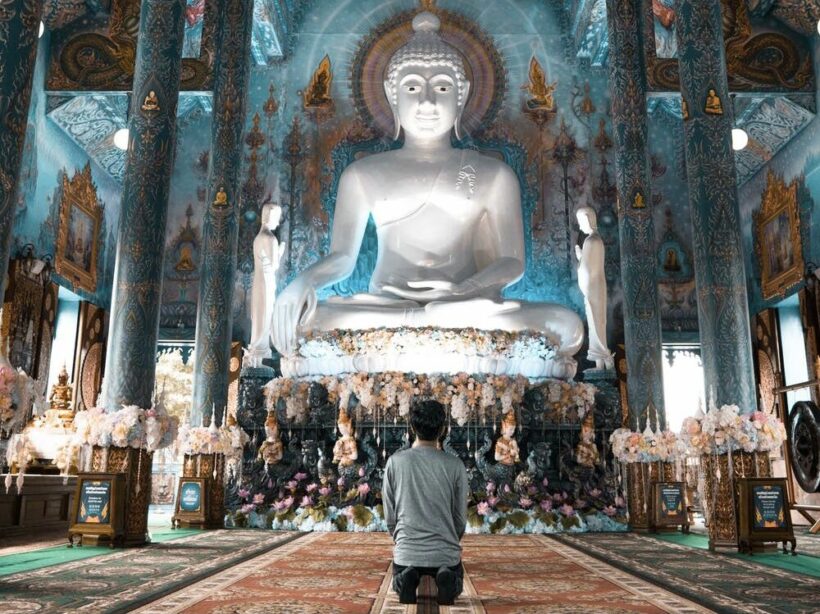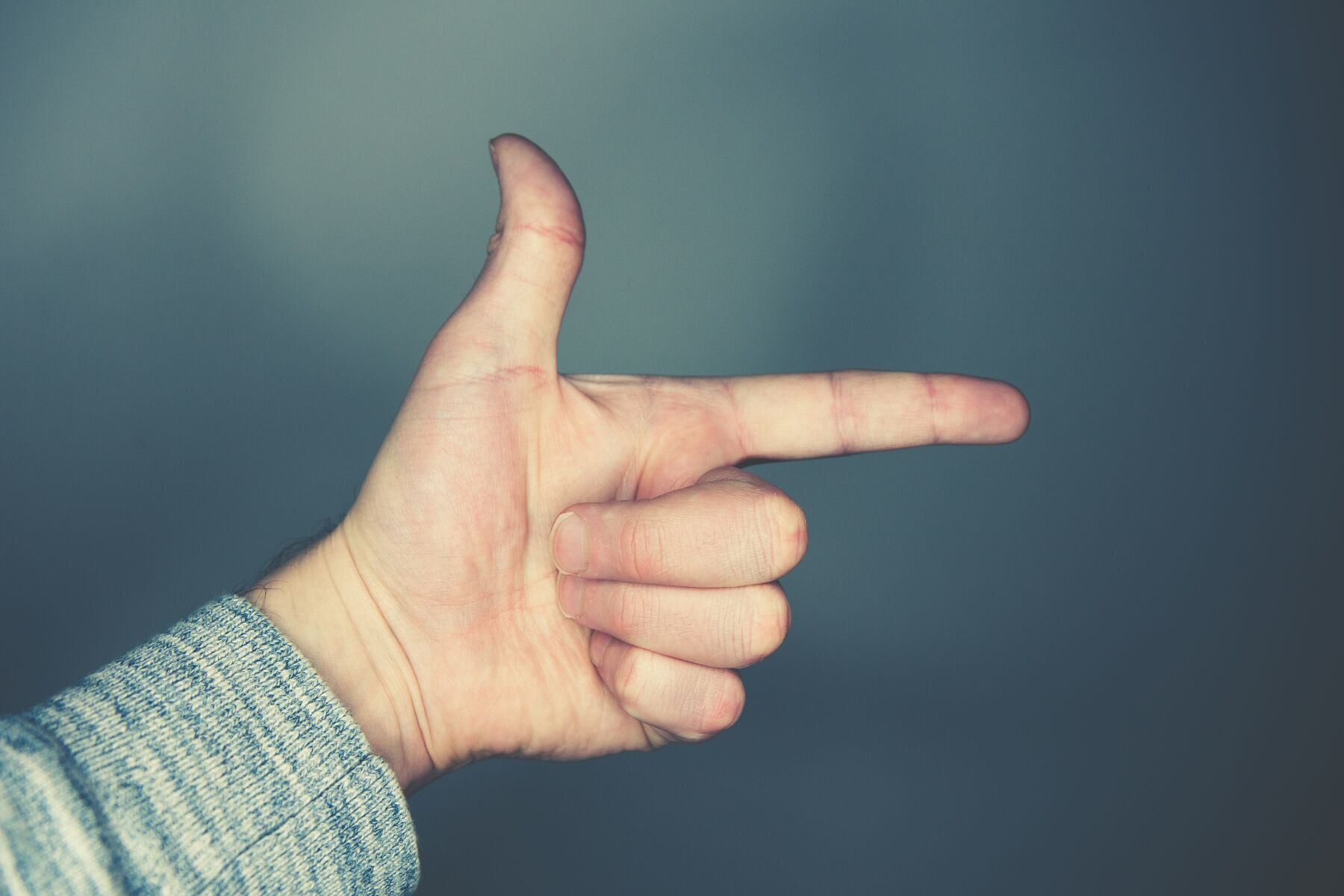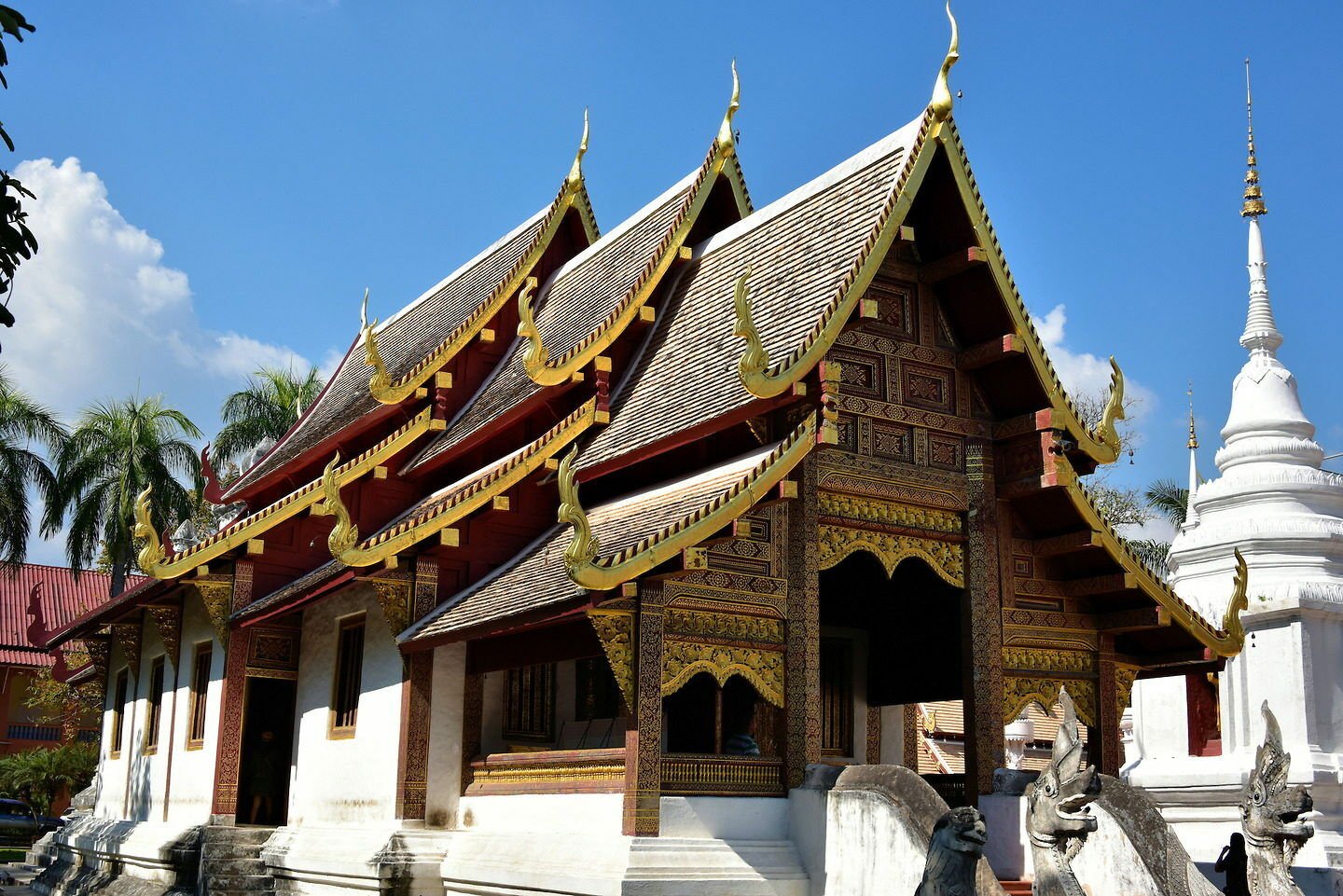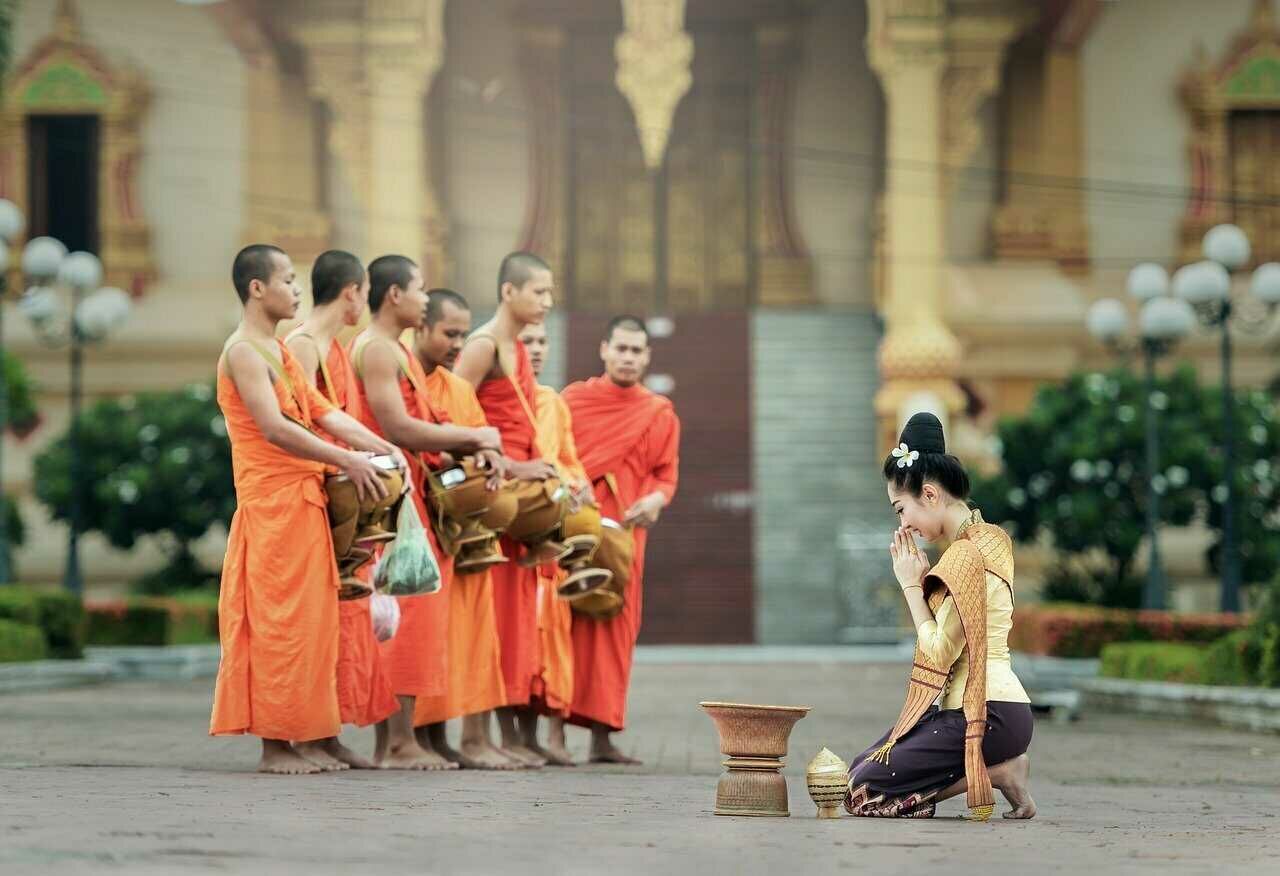A guide to being respectful when visiting a Buddhist temple in Thailand

Not all tourists do their research before going to a temple. Some take photos with Buddha statues in a way that is disrespectful to some Thais. Some don’t dress appropriately. A security guard at the popular Wat Arun in Bangkok would blow a whistle at many tourists, telling them to cover their shoulders and knees.
Here’s a guide on how to be respectful when visiting a temple in Thailand. These are merely suggestions and there are variations. A good guide is to watch what the locals are doing. The dos and don’ts are not black and white, but a helpful guide to general customs and expectations.
Dress appropriately
Thailand is hot, with Bangkok being regarded as one of the hottest cities in the world. And humid. Visitors to the country may have trouble getting used to the heat, opting to wear short shorts and shirts. But, in order to take part and experience the some 34,000 open temples or wats in the country, a certain attire is required in order to keep the sanctity of the Buddhist culture. And, it’s not just your clothing that needs to be adjusted; your behaviour, too, needs to be kept in check to keep from offending the culture and people.
For women, skirts or long pants that go past your knees are in order. Covering your shoulders as well is a requirement. Clothing that is too tight, such as leggings, are not allowed. See‐through clothes like sleeveless tops are also not allowed as they reveal too much skin. Men have the same requirements as women but are expected to wear long pants and shirts with sleeves.

Some temples are stricter than others, like Wat Phra Kaew, but the recommendations of keeping covered are acceptable at all temples in Thailand. But don’t worry if you come to Thailand and forget to pack conservative clothing, as it is very hot here and most Thais understand you may not be acclimated. To show their understanding and tolerance, many larger temples have clothing on hand that you can wear for a small fee.
Before entering the temple, it is important to take off your shoes at the door. Your hat and sunglasses should also be removed out of respect. But don’t worry about taking off your socks as they are acceptable to wear in the temples. Don’t step or stand on the door threshold going inside where the statues are held. As clothing is important to consider when visiting a temple, it is also important to adhere to behavioural guidelines.
Be quiet, turn your phone to ‘silent’
Such behaviours include staying quiet as the temple is a sacred place where people go to pray and observe Buddhist rituals. Being a “chatty Cathy” will be frowned upon, so save your musings for after you step outside of the temple. Don’t forget to turn your phone on silent as well and ask before taking pictures or look for the rules posted on a sign inside or outside the temple. If you must snap a photo, do not get too close to the Buddha statue. Taking selfies, however, could be considered disrespectful.
Don’t point
As with Thai cultural norms in general, it is important not to point at anything with your fingers or feet, especially at a monk or Buddha statue. People, too, don’t point at each other or even objects and instead use their right hand, with the palm facing upwards to indicate something. You may wonder why Thais place so much importance on behaviours, and that is because the feet are considered the lowest and dirtiest part of the body. So, when talking or sitting by a monk, you must never sit higher than him. Women should kneel with their toes pointing behind them, while men should sit with their legs crossed.

As interactions with monks are usually quite delightful, it is important for women to not leave the monk in a worse place than before. For, as a woman, you are not allowed to touch monks. If you do, the monk will have to go through a lengthy cleansing ritual to purify himself. If you must hand a monk something, put the object down with your right hand and let the monk pick it up. Women are not allowed to sit next to a monk and in some areas of the temples, they are not allowed to enter.
Pay respect to Buddha statues
The temple itself hosts a variety of Buddhists from around the world and it is important to be respectful in the temples. Don’t touch or climb on Buddha statues as it is considered very disrespectful. If you are a foreigner wanting to pay respect to the Buddha, bowing to the statue or monk is acceptable. But remember to keep your head below the level of Buddha statues, monks or nuns, or even images out of respect.
If you want to merge with local Thais in paying respect to Buddha, it is customary to wai 3 times (pronounced like ‘why’). A wai is how Thais greet each other, say thank you, and pay respect. It involves placing your palms together in a praying motion while bowing your head slightly.
To wai like a Thai, watch THIS.
When monks or nuns enter the room, stand up and wait for them to finish before sitting again. When ready to leave, don’t raise yourself higher than the Buddha statue and try not to turn your back to it. One suggestion is to back away from the statue instead. If there are pillars or statues in the middle of the room, walk around sacred objects in only a clockwise manner.
Be aware of ‘off-limit’ areas
There are certain areas in which tourists or visitors are allowed to enter. These areas are called prayer halls, or viharn in Thai. The viharn is where you can pray or see images of Buddha. It is important to not trespass into the monk‐only areas known as bots. But sometimes, it is hard to distinguish which areas are forbidden to visitors. Fortunately, a few hints can be found to direct visitors to the appropriate areas where to congregate.

Most bots, or primary areas for monks, contain a Buddha statue and are surrounded by 8 sema, or decorative stones in a rectangular shape surrounding a prayer hall. So, if you see a statue, look around and see if other visitors are gathering in the same place before you enter. Other signs that you may be in the right spot, include signs in English and donation boxes.
Give donations if you’d like
Upon seeing donation boxes, visitors may want to give money, but it is okay if you don’t. Other ways to support the monks and temples include buying trinkets at the temple. Be careful, however, bringing small Buddha statues out of the country as it is technically illegal. But, as long as the statues are not rare or antique, you may skip being reprimanded.

As with all visits to foreign countries, it is important to experience and appreciate the host country’s cultural traditions and practices. In Thailand, as long as you show respect and the willingness to adapt to the culture, Thai people are known for being very tolerant and understanding. Showing respect to them by doing a bit of research before entering such sacred sites as temples is always a good idea.
Latest Thailand News
Follow The Thaiger on Google News:


























